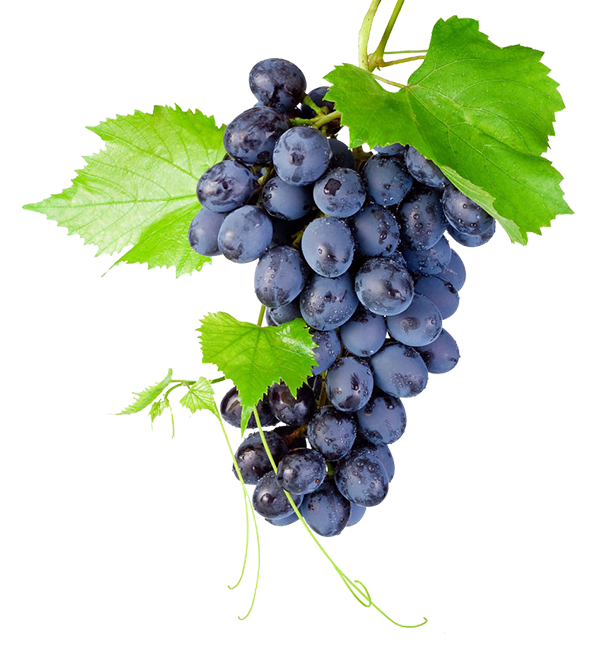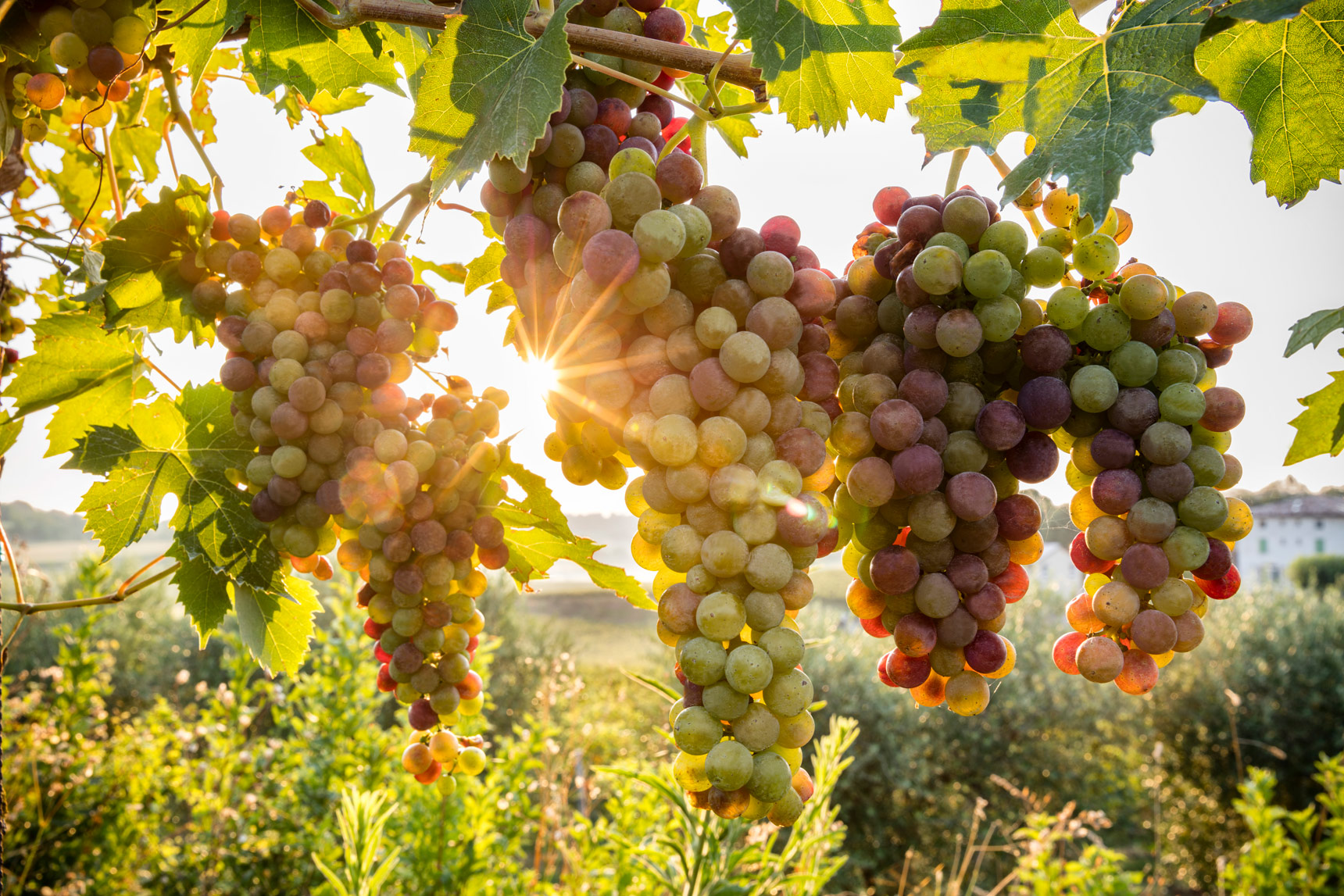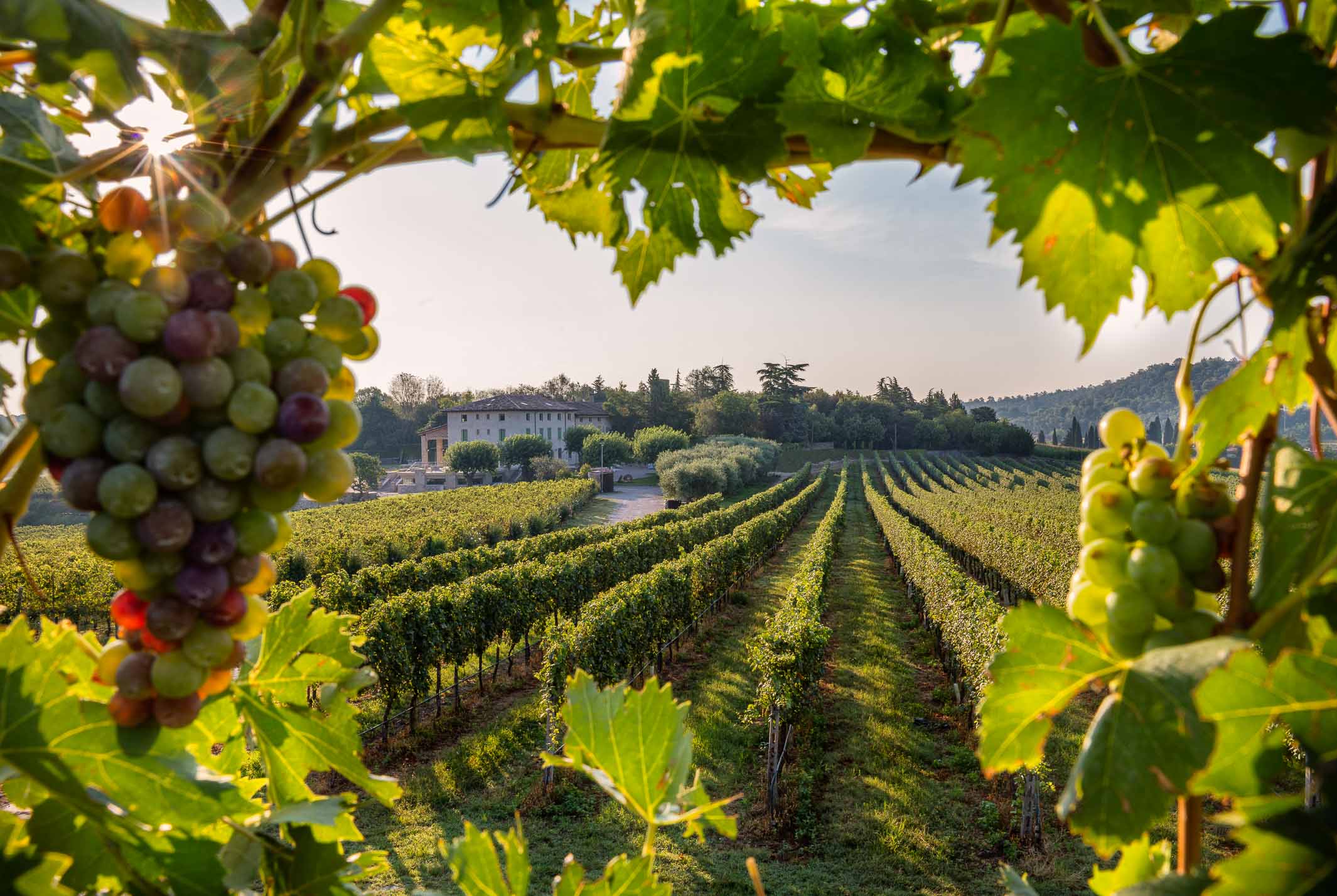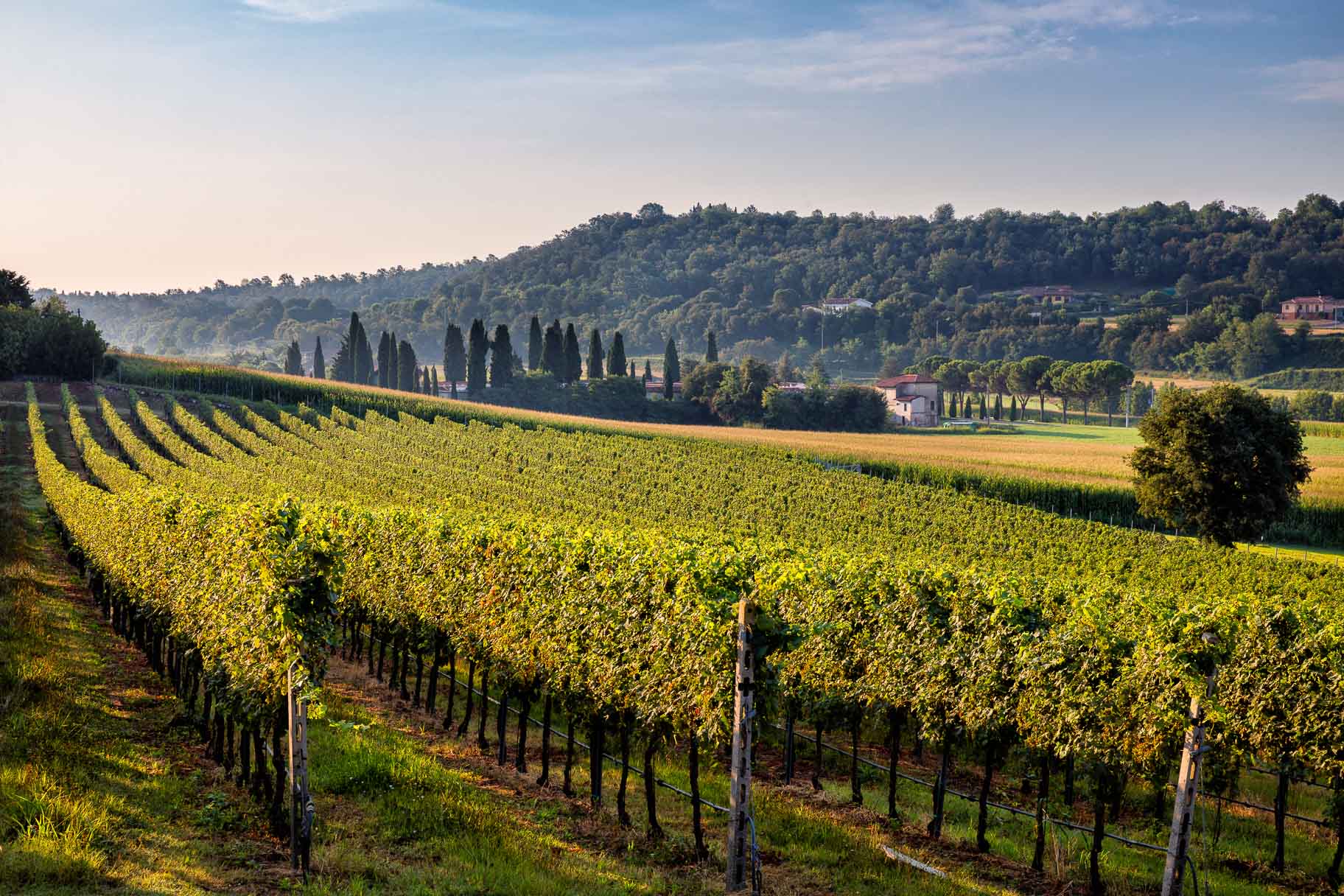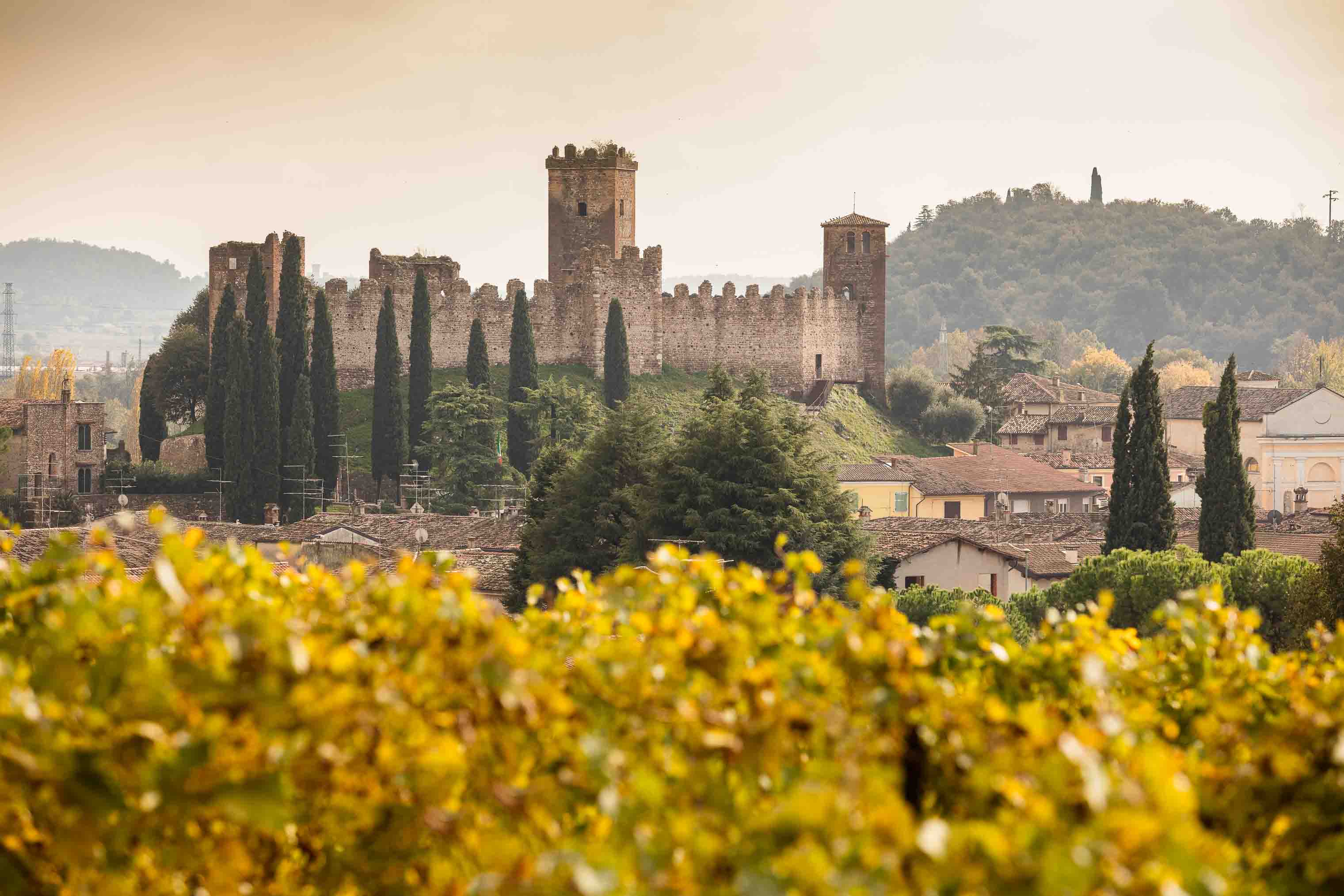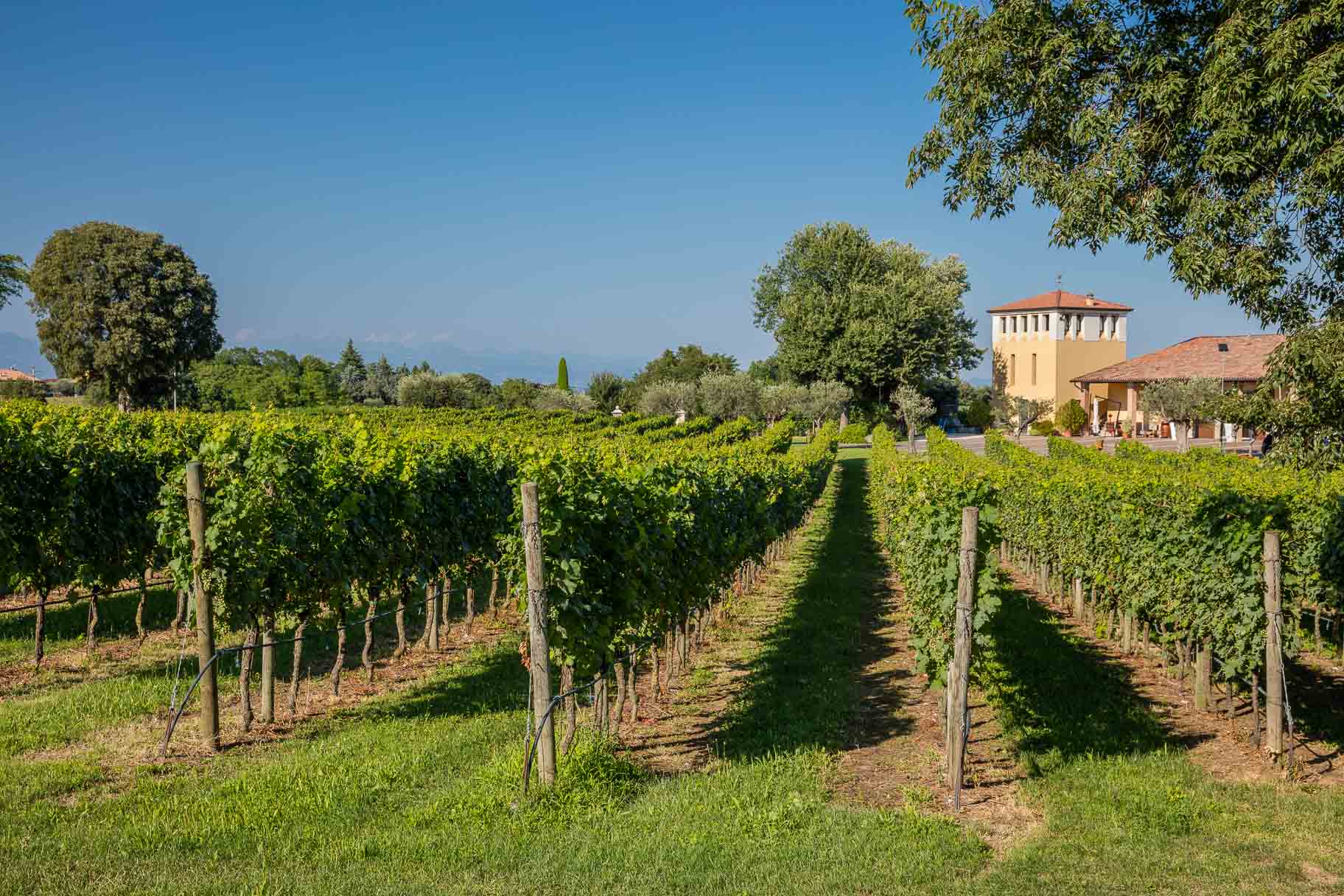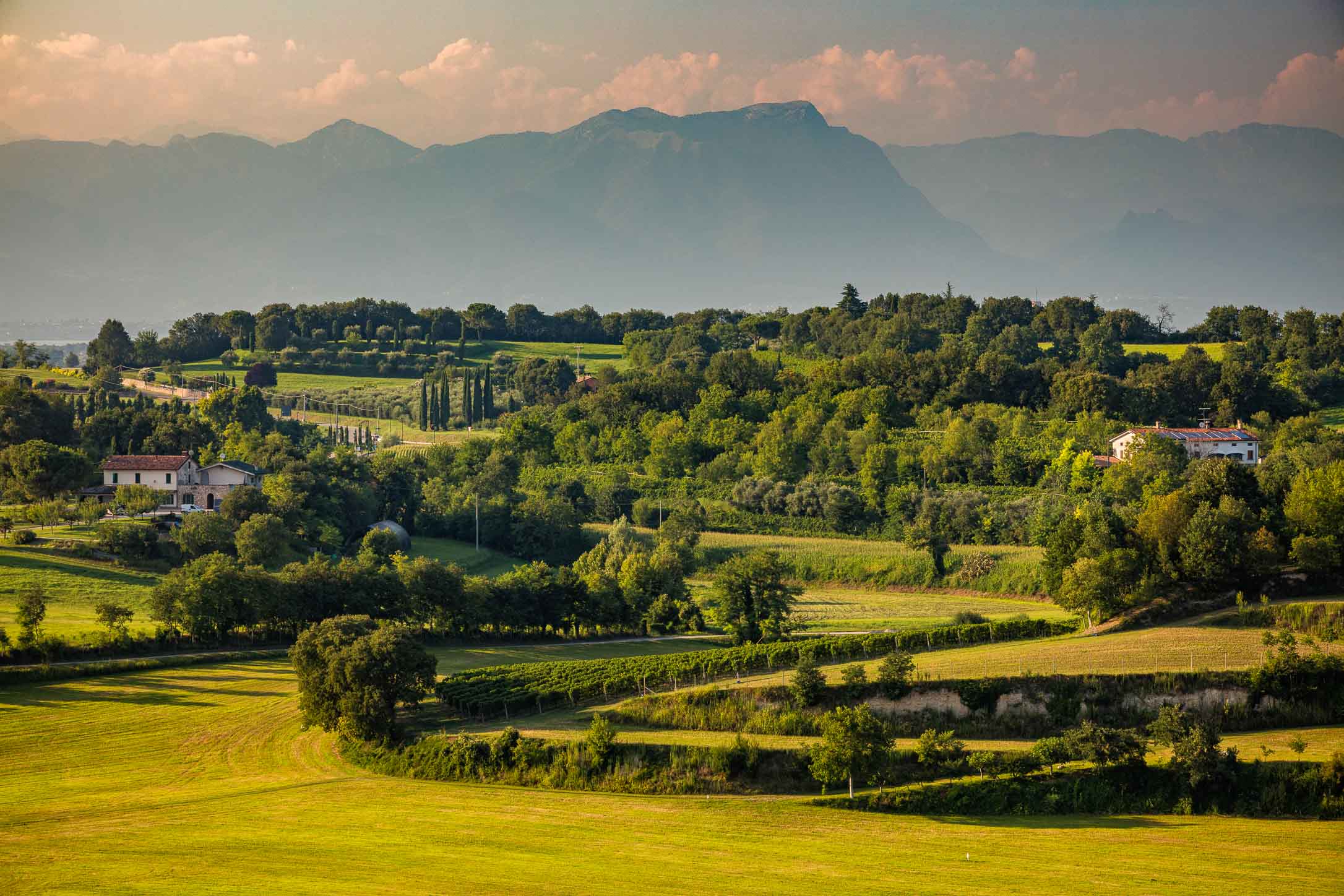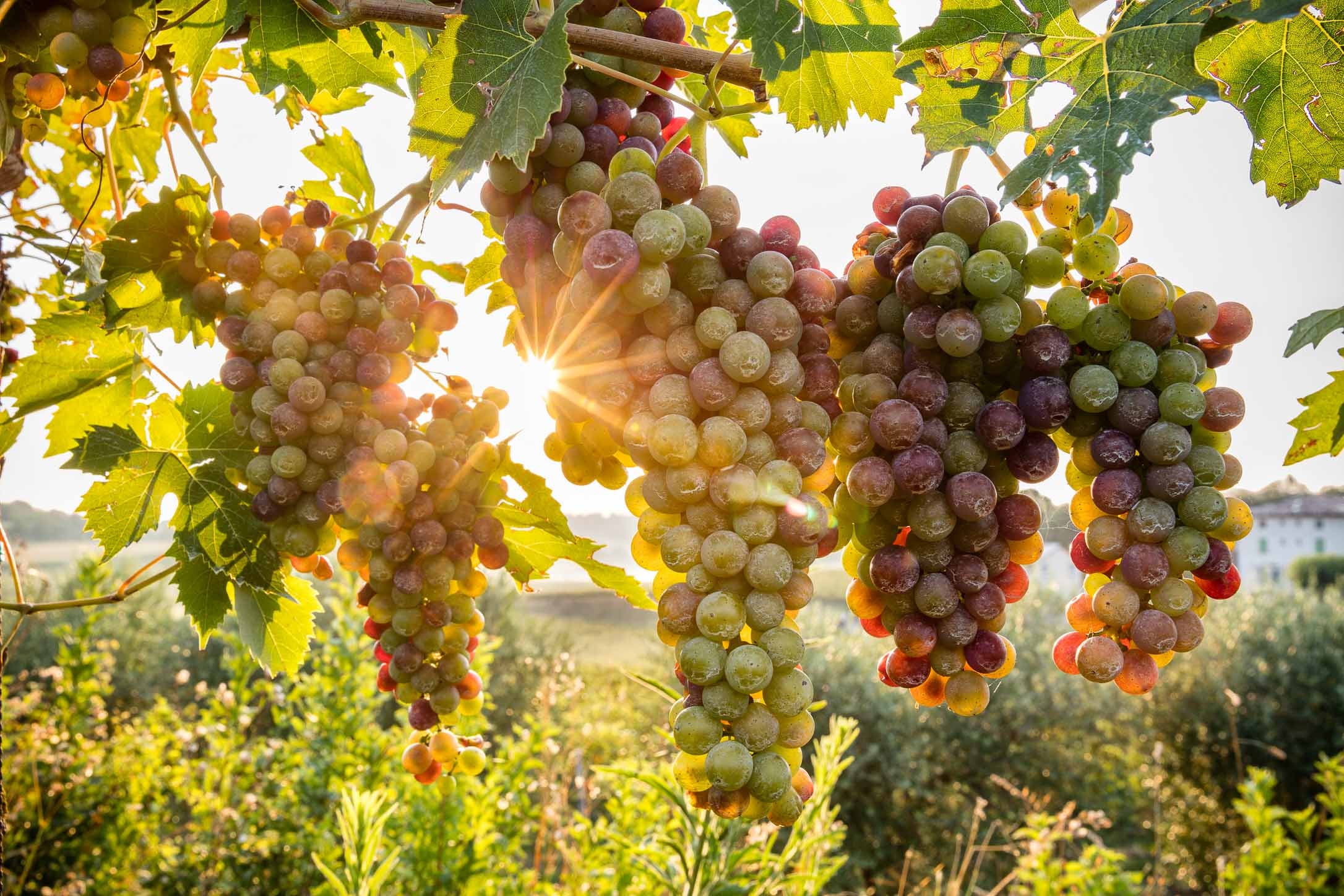MANTVA ME GENVIT
Mantua, a UNESCO masterpiece of northern Italy, is the guardian of ancient winemaking traditions.
The quality of Mantuan wines is linked to traditions going back thousands of years. Suffice it to say that the Roman poet Publius Virgil Maro, who was born in Mantua, wrote about the wild vitis labrusca over 2,000 years ago.
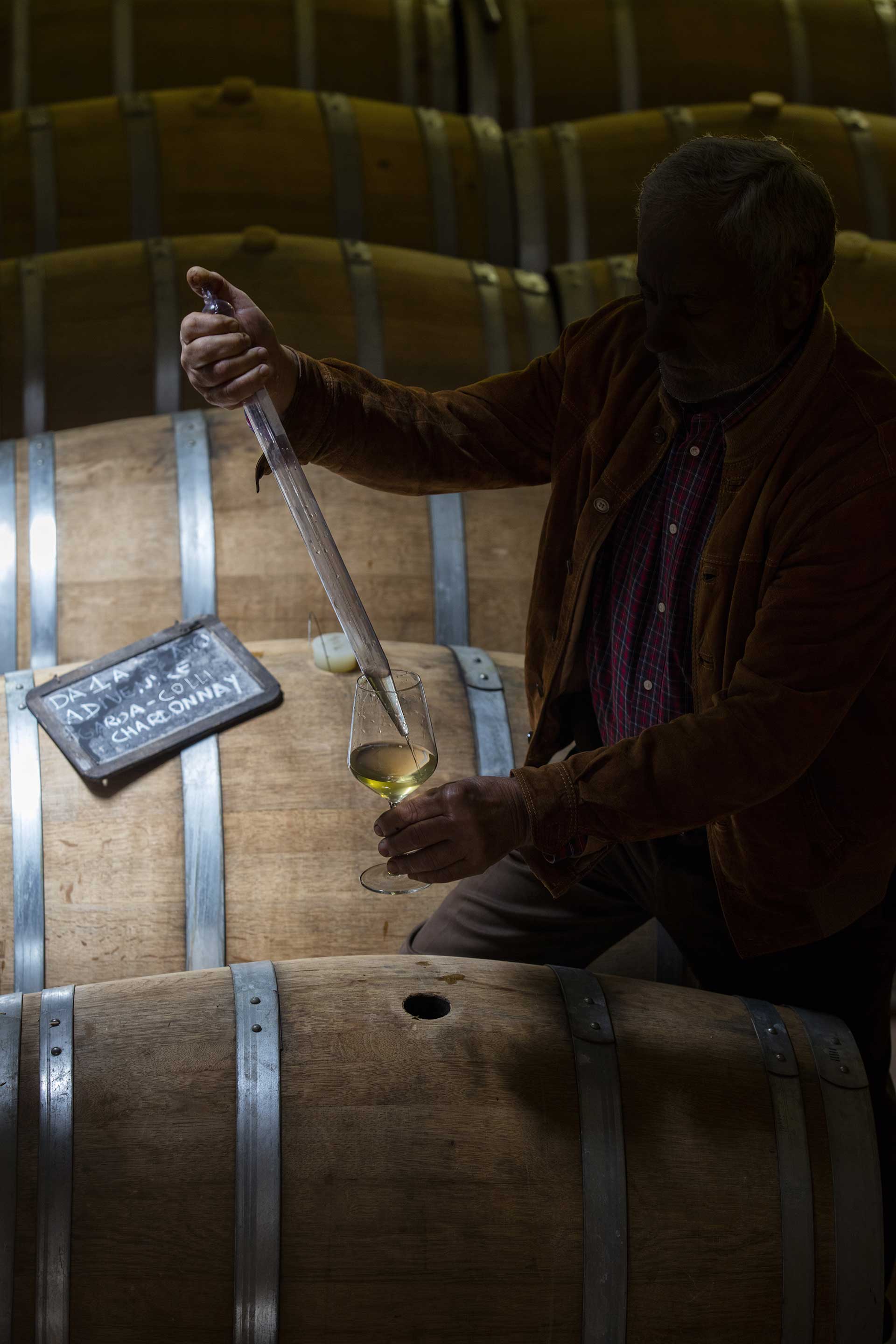
Consortium of Mantuan Wines
The Consorzio Vini Mantovani was founded on August 3rd, 2012 with the intention of increasing public awareness about the high quality oenological production in Mantuan territory. The Consortium of Mantuan Wines protects 6 european quality designations D.C.O. (denomination of controlled origin) and T.G.I. (typical geographical indication) and represent an area of over 1.800 hectares of cultivated vineyards. The Consortium for Mantuan oversee the denominations represented which it promotes, enhances and protects throughout the world.
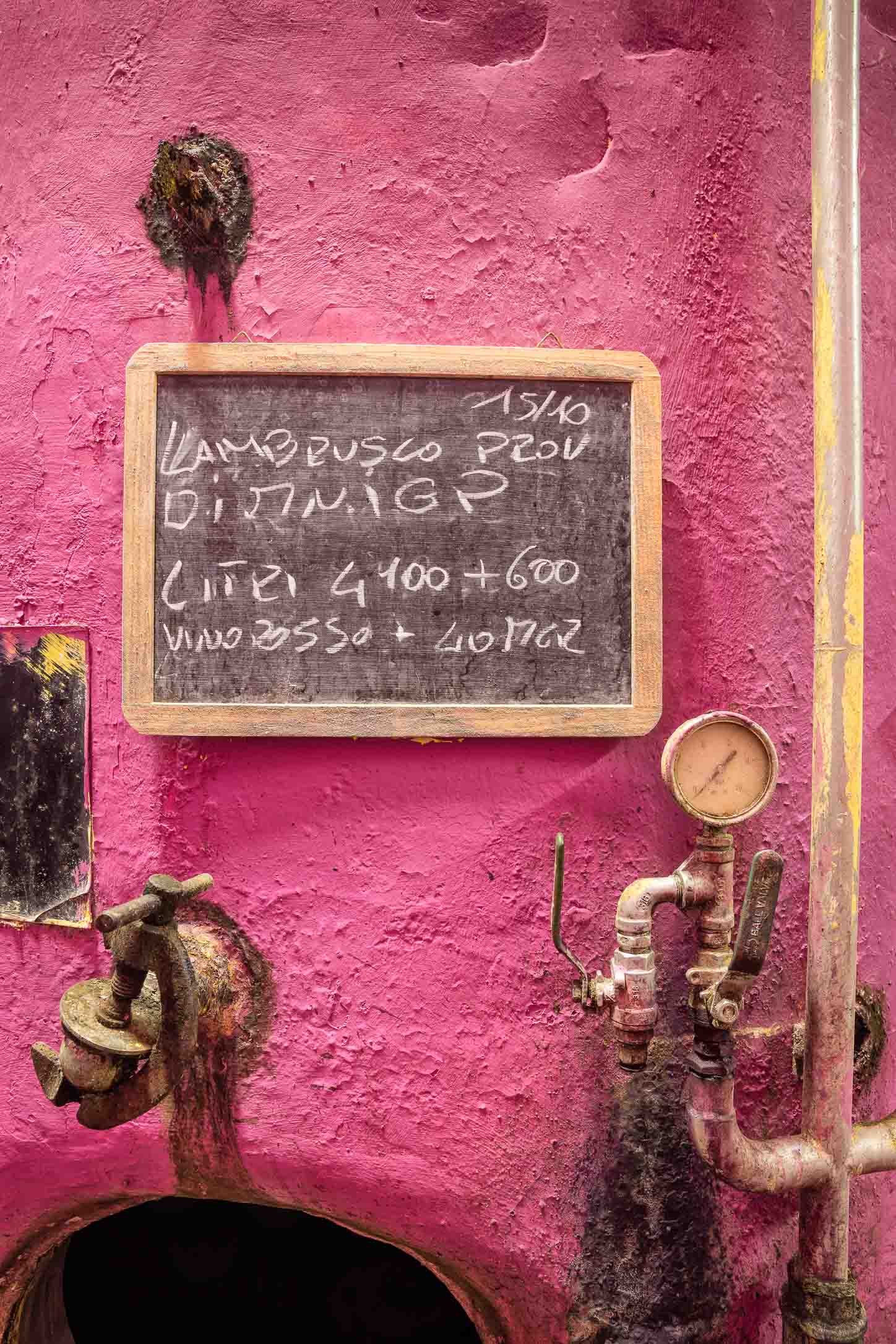
LAMBRUSCO MANTOVANO
The great Pianura Padana terroir is located in the Flatlands of the River Po, renowned for having the oldest viticultural traditions in the Mediterranean climate. This is the undisputed kingdom of Lambrusco Mantovano, the traditional wine. Full bodied and authentic, with the robust bouquet of grapes grown in the rich clay soil of the fertile terrain reclaimed from the marshlands around the Riverbed. Two microclimate sub-zones form delightful wines with very distinct differences in colour and body, thanks to the use of two types grapes native to this region: these are the areas around Viadana and Sabbioneta (native grape Lambrusco Viadanese) and the Oltrepò Mantovano (grapes Grappello Ruberti). Lambrusco Mantovano from the Viadanese area is full bodied, with deep colour and lasting flavour, while the Lambrusco Oltrepò Mantovano is lighter and fruity with a typical dry finish. Thanks to their attractive acidity, both Lambruscos enhance the flavor of each dish.
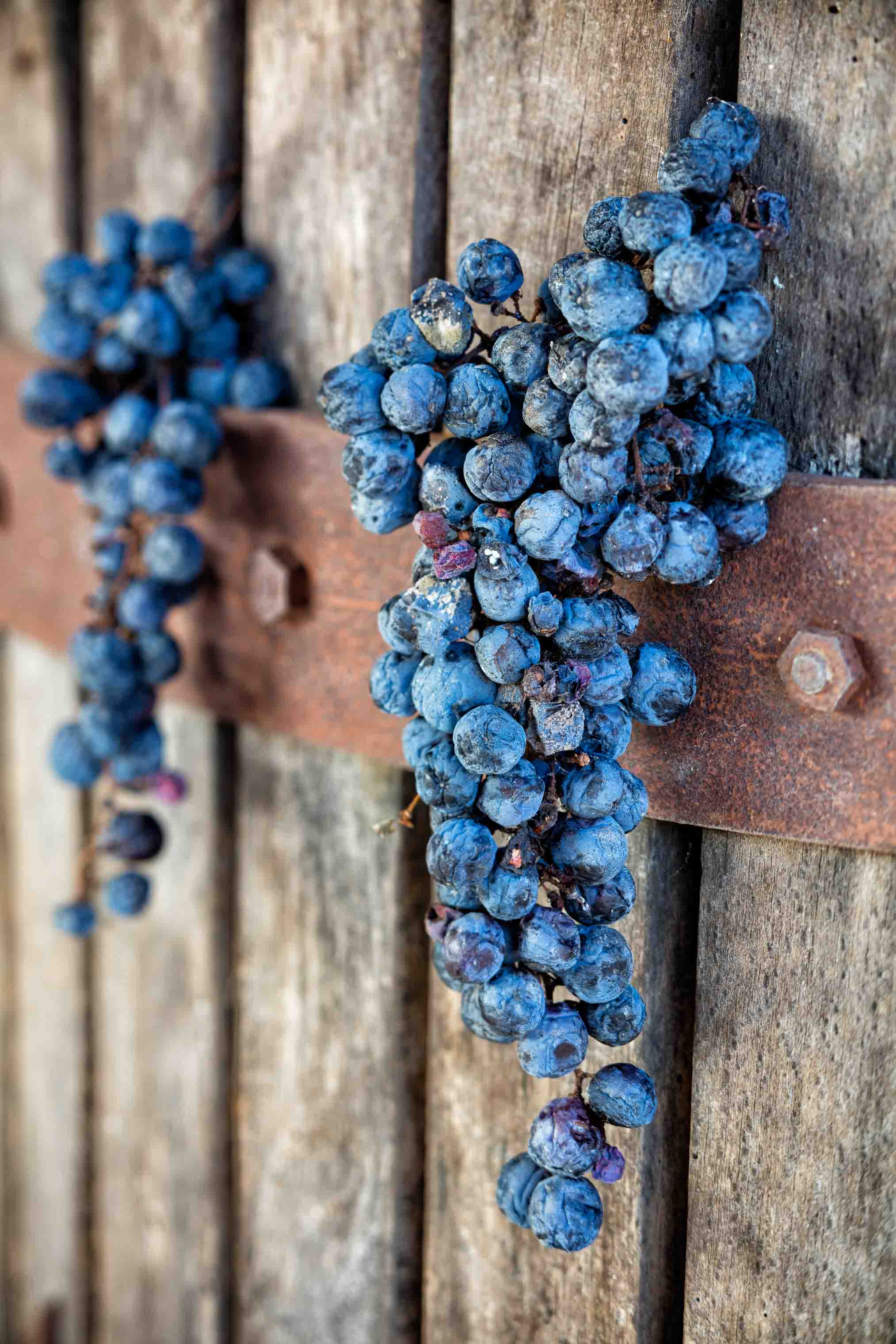
Mantuan Hills
The Morainic Hills are a chain of soft slopes stretching from Lake Garda to the outskirts of Mantua along the course of the Mincio River. Famous even in mediaeval times, these were the wines that the Gonzaga rulers of Mantua ordered for the court. In 1535, a letter written by the renowned Isabella d’Este, a great patron of the arts during the Renaissance, the lady spoke of “the rarest and most perfect grapes” and “fine wines brought out in silver goblets”. The Morainic Hills have a range of calcareous, red soil, vineyard sites with deep gravel and good drainage. Variations in altitude and exposition, even by just a few hundred meters, make certain areas better for white wines and others better for red. Their proximity to Lake Garda makes for a mild climate all year round. Natural temperature variations mean the grapes ripen with good acidity and delightful aromas. The locality gives them unmistakable characteristics with excellent sapidity and a typical streak of minerality. This hillside region is famous for white and red full-bodied still wines and excellent dessert wines with denomination of origin D.C.O. (denomination of controlled origin) and T.G.I. (typical geographical indication), as well as the more recent evolution of the prestigious “metodo classico” sparkling wines.
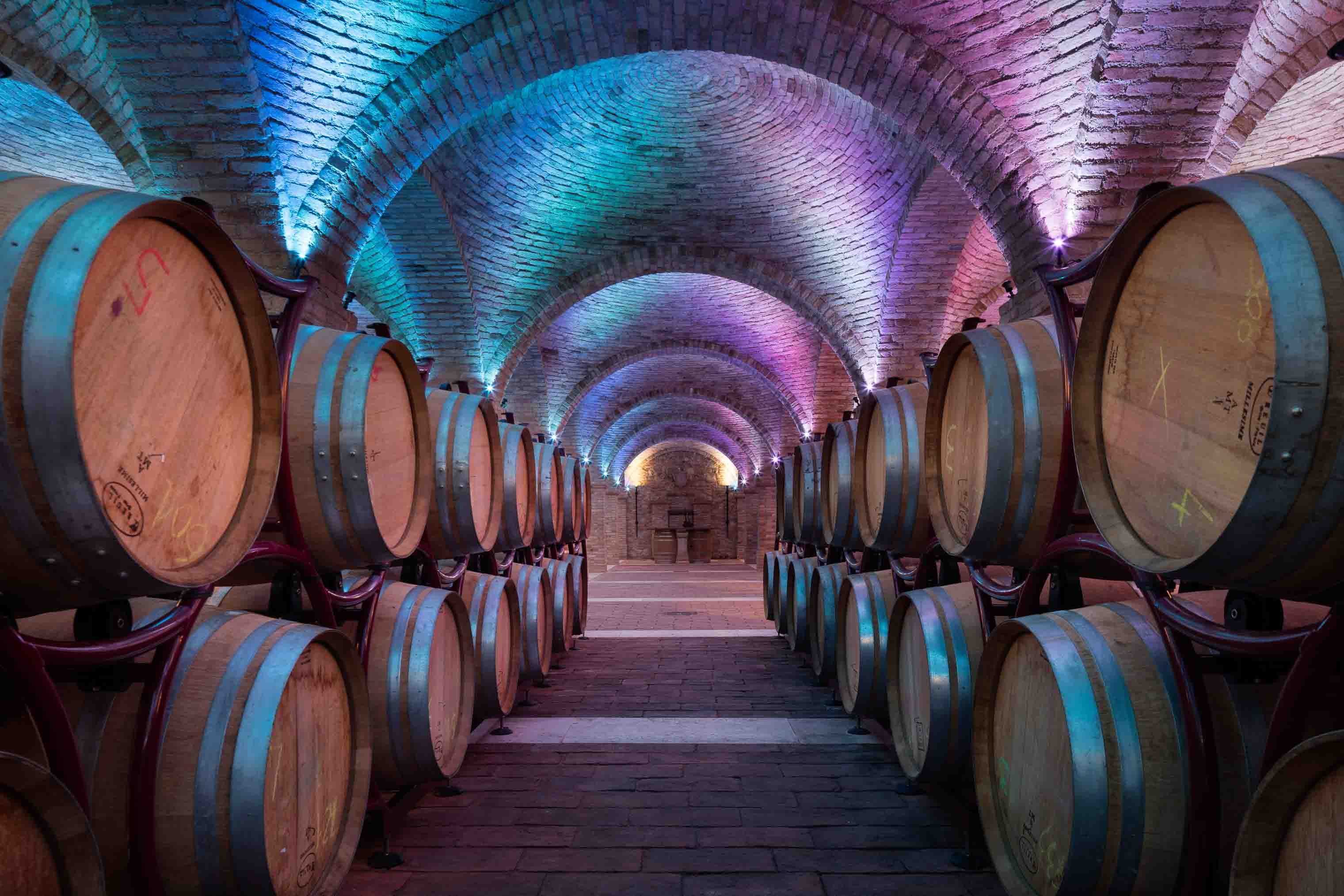
CONSORTIUM OF MANTUAN WINES
Selecting the right grape varieties and using winemaking techniques based on tradition and then perfected by technology are fundamental to create wines that strongly express the unique characteristics of their territories. The white wines have been perfected by technology with particular focus on time and temperature in production, while the red wines use traditional techniques to bring out the natural characteristics of the grapes as part of the organoleptic whole
